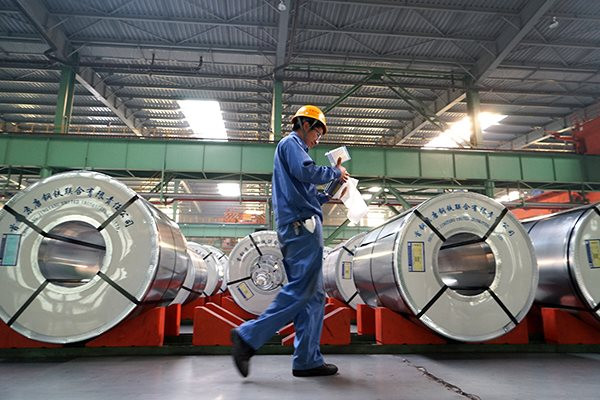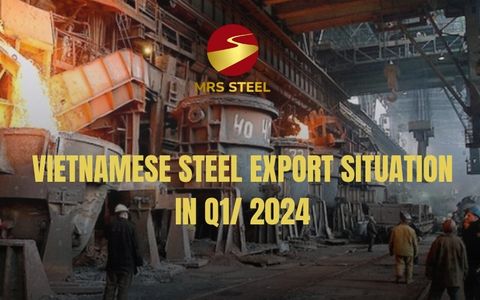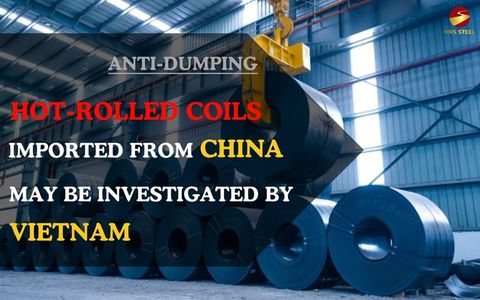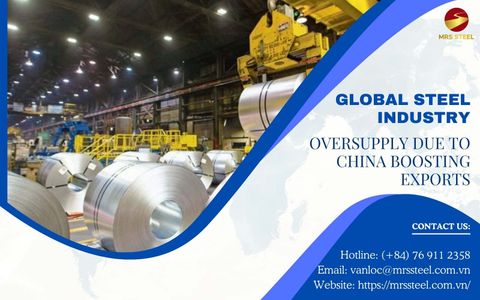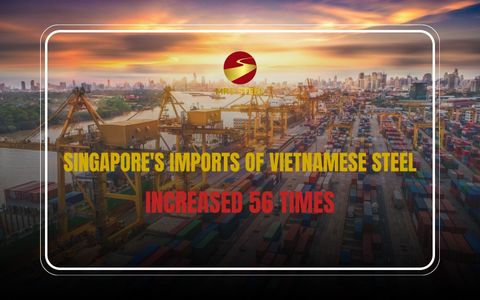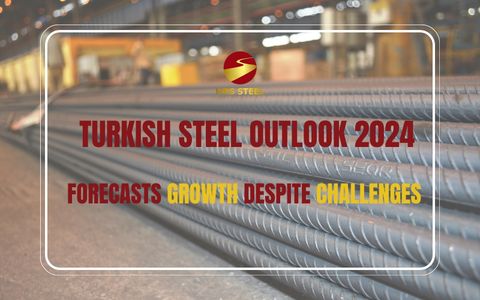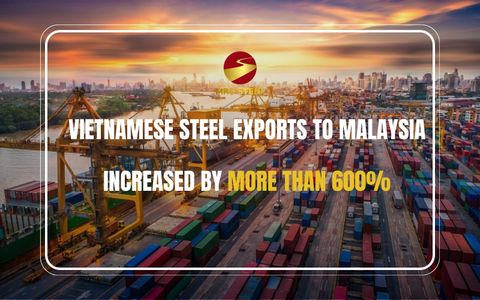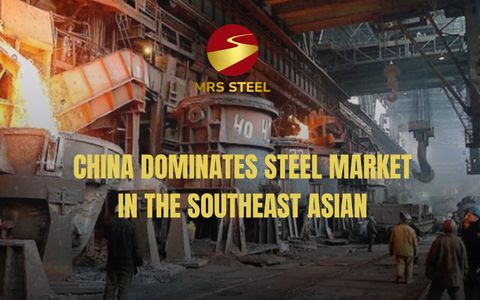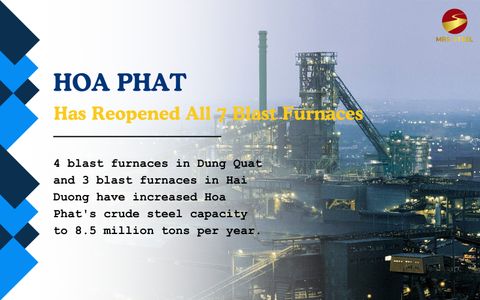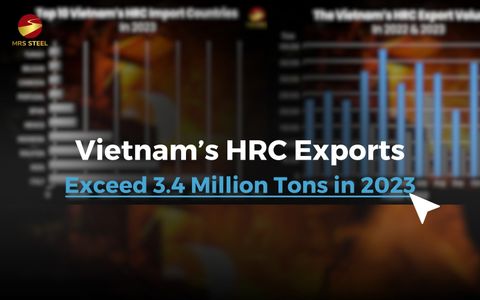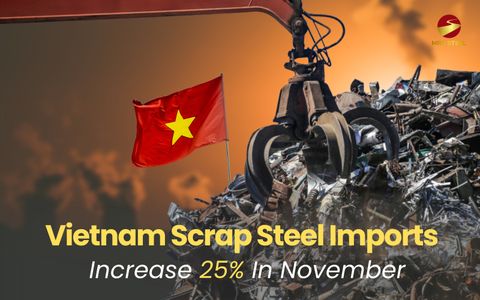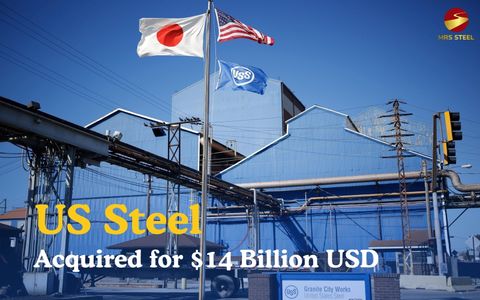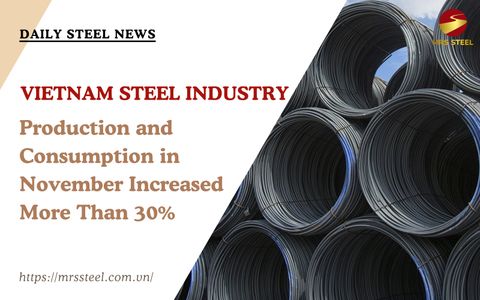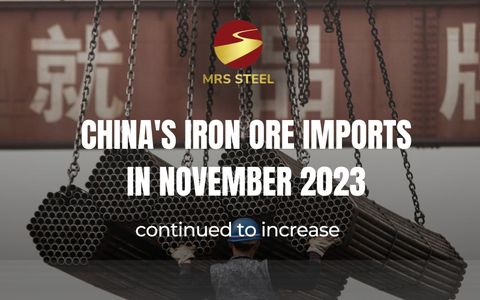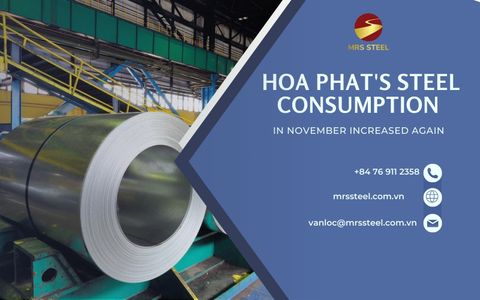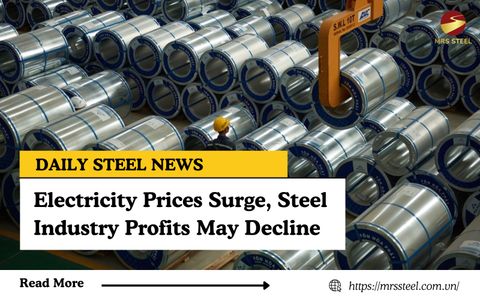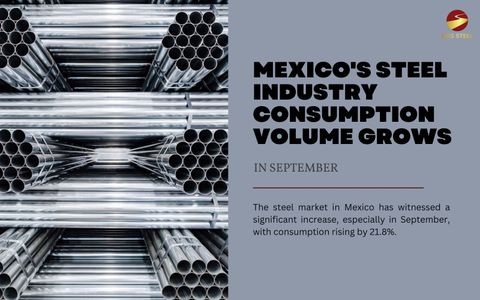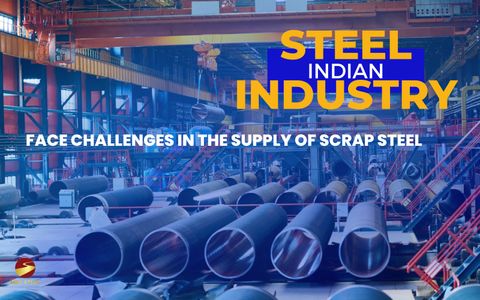Vietnam's steel market to benefit from Asian investment

Steel NewsDate: 06-02-2023 by: Van Loc
The shortage of supply and demand caused China to revise its steel production growth target for 2023, and capacity expansion in Southeast Asian countries will help maintain the country's huge steel industry.
According to S&P Global Commodity Insights, this year, China will likely aim to find control of domestic steel production growth and focus more on capacity swap projects aimed at the eco-friendly steel industry. more school.
However, China still wants to invest in expanding capacity in Southeast Asian countries to maintain its giant steel industry, S&P Global predicts.
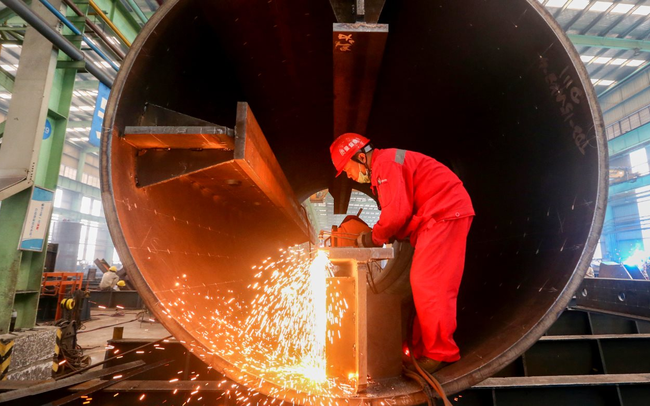
Oversupply and shortage of demand
In 2022, China's new blast furnaces produced about 30 million tons of pig iron, while the capacity swap program produced about 25 million tons of crude steel.
As some old mills closed during 2017-2022, new facilities being put into operation could lead to a net increase of 5.4 million tons of pig iron and 5.3 million tons of crude steel during the year. 2022.
Not only that, due to the decline in steel demand both at home and abroad, China still has many new unfinished iron and steel projects in the past year. With projects postponed from 2022, along with many operational plans in 2023, Chinese steelmakers will raise new pig iron capacity to 118 million tons/year and new crude steel capacity under the new mechanism. swap up to 141 million tons.
Thus, China's pig iron and crude steel capacity in 2023 will increase by 12 and 18 million tons, respectively.
“China's steel demand is likely to continue to decline in 2023 as both domestic and foreign demand slow down. So, China's operation of new steel projects will put a lot of pressure on the market trend if most manufacturers don't control their production," one source said.
S&P Global's calculations from data from the National Bureau of Statistics and the China Iron and Steel Association show that the country's crude steel output could reach 1.011 billion tons by 2022. This is the second year of steel production. decline.
In 2022, the decline in steel demand will be larger than the decrease in output. The main cause stems from the debt crisis of the real estate sector and the continued outbreak of COVID-19 across the country.
As a result, in an oversupplied market, the profit margin from selling 1 ton of construction steel fell from $129 in early February 2022 to -80 USD in mid-June and then recovered to $80. level 1.7 USD at the end of December.
“I think the downward pressure on the steel market in the first half of 2023 will be greater than in the second half of the year,” another source at S&P Global said.
Some Chinese steel exporters said that oversupply is likely to persist in the Chinese steel market for most of 2023, but China's steel exports may remain depressed at least in the first half. 2023, as global buyers grapple with a tight inflationary environment. It is expected that China's total steel exports in 2023 will be lower than in 2022.
Restoration facility
New home sales in China, the main channel to support real estate projects, may start to recover in mid-to-late 2023 due to the low 2022 base and Beijing's stimulus packages. out to support the real estate industry recently come into play, some steel companies predict.
However, all of S&P Global's market sources expect new housing starts - the most important factor driving steel demand in China - to continue to decline through 2023.
However, they believe that the decline in steel demand in the real estate sector this year will not be as severe as in 2022.
According to China's National Bureau of Statistics, the number of housing projects that started new construction fell 38.9% in the first 11 months of the year, while new home sales fell 26.6 percent.
In addition to the difficulties of the real estate sector, China's manufacturing sector is likely to continue to be affected by the slowdown in domestic construction activity and weaker foreign demand for goods.
“The contraction in overseas demand will be the leading disadvantage for China's manufacturing sector and its steel demand in 2023, while domestic consumption and construction-related manufactured goods will continue to decline. Construction is unlikely to improve much," another source of S&P Global said.
Fortunately, China's infrastructure construction will pick up in 2023 and is likely to stay at or even slightly above the November 2022 figures.
Year-on-year, infrastructure investment in China in November increased by 10.6%.
ASEAN in sight
Despite the challenges that China faces on the domestic front, its steel enterprises are still considering investing in the ASEAN region in 2023.
In 2022, steel demand in ASEAN is expected to reach 77.9 million tons, an increase of about 3.5% compared to 2021, data from the Southeast Asian Iron and Steel Institute (SEAISI) shows.
In the context of expected increase in demand, steel supply in ASEAN may exceed demand if new steel projects come into operation in Indonesia, Malaysia and Vietnam. It is estimated that total production will increase from about 90.8 million tons to 162.6 million tons by 2030, SEAISI forecasts.
SEAISI said the majority of new steel mills in ASEAN are China-supported construction, with the aim of selling steel back to China.
New Chinese-backed steel projects have emerged by the end of 2022, the latest being Esteel Enterprise, which plans to build a "green" steel mill worth MR19.65 billion ($4.46 billion). in Sipitang, Sabah, Malaysia by 2025.
According to S&P Global

